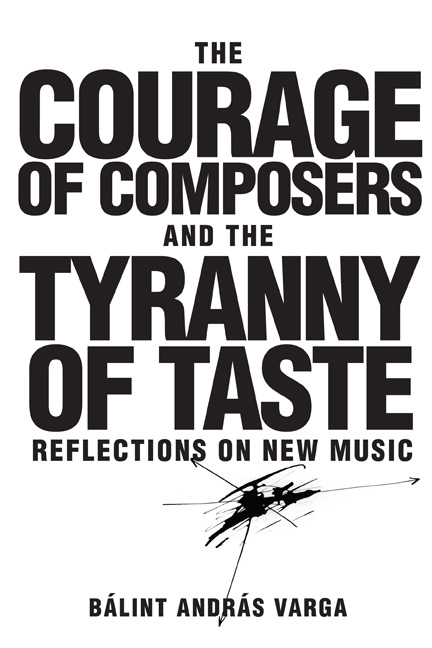12 - Michael Gielen (b. 1927)
Published online by Cambridge University Press: 22 May 2021
Summary
I owe Michael Gielen three of my basic musical experiences: his interpretation of Mahler's Third Symphony in Vienna's Konzerthaus, a concert devoted entirely to compositions by Webern at the same venue, and a performance of Kurtág's Stele in Donaueschingen.
It is difficult to render in words what made the Mahler symphony such a unique experience. It was a journey of discovery, with an extraordinary creative and re-creative musician of analytical bent as my guide. Just how analytical becomes apparent if you read Gielen's essay on a short passage of the symphony. It makes an astounding, well-nigh frightening read: you are invited to witness the dissection of the composition's body—the joints, the sinews—with relentless objectivity.
At the concert, Gielen allowed the soul to take over and fill the dissected body with life once again; he also showed aspects of the music I had never noticed before. It was a new Mahler, richer, more “modern,” more adventurous than any of the interpretations I had heard. It was immensely exciting and, thank goodness, has been made available on CD.
Gielen had clearly also dissected Webern in the same manner, but what struck me at that concert was the rehabilitation of the music as music in the Mahlerian sense of the word. I have a vague memory of Peter Stadlen, a pupil of Webern, remembering the composer's admonition that his music was very well charged with emotion, it was anything but a cold, objective structure of tones. Gielen demonstrated what Stadlen, that is, Webern had in mind.
The story of Kurtág's Stele in Donaueschingen was an object lesson in the fundamental significance of authentic interpretation for the future destiny of a composition. Completed in 1994 for Claudio Abbado and the Berlin Philharmonic, Kurtág's Opus 33 proved a hard nut for the noted conductor to crack. In fact, he never managed to crack it—a failure that misrepresented the music and had a devastating effect on the composer. He told me that after a performance in Valencia, Spain, he had been ready, figuratively, to jump out of the window.
- Type
- Chapter
- Information
- The Courage of Composers and the Tyranny of TasteReflections on New Music, pp. 76 - 83Publisher: Boydell & BrewerPrint publication year: 2017



